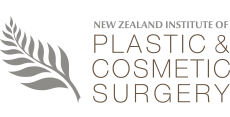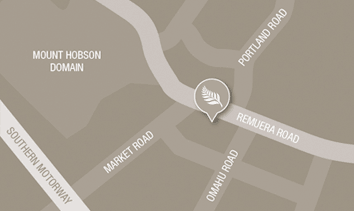It is important to understand the difference between a melanoma’s ‘level’ and its ‘stage’, as both are important pieces of information in determining how advanced a melanoma is and what treatment options are available
Doctors diagnosing and treating a melanoma look at how deep the malignant cells have gone into the skin and assign the melanoma a ‘Level’. The Level is measured in millimetres and measured against the Breslow and/or Clark scales.
The Clark scale is used to determine how many layers of the skin the melanoma has grown into; the Breslow scale is used to determine how thick the melanoma is.
There are five Levels within the Clark scale, with Level 1 being least developed and Level 5 being most developed:

Melanoma levels
Doctors diagnosing and treating a melanoma look at how deep the malignant cells have gone into the skin and assign the melanoma a ‘Level’. The Level is measured in millimetres and measured against the Breslow and/or Clark scales.
The Clark scale is used to determine how many layers of the skin the melanoma has grown into; the Breslow scale is used to determine how thick the melanoma is.
There are five Levels within the Clark scale, with Level 1 being least developed and Level 5 being most developed:
Level 1
The melanoma cells are only in the top layer of the skin, the epidermis.
Level 2
The cells have spread into the layer just beneath the epidermis (the ‘papillary dermis’).
Level 3
The cells have reached through the papillary dermis and are just starting to spread to the third layer of skin cells (the ‘reticular dermis’).
Level 4
The cells have spread to within the reticular dermis and possibly into the fourth level of skin, the deep dermis.
Level 5
The malignant cells have spread into the fat under the skin.
Breslow thickness
Is measured under the microscope from a level within the top layers of skin down to the bottom of the melanoma cells. It helps to decide whether a melanoma is thin, intermediate thickness or thick.
- Up to 1mm thick is called ‘thin’
- 1-4 mm thick melanoma is called intermediate thickness
- Over 4mm in thickness is called a ‘thick’ melanoma
The Breslow thickness is the main measurement used to decide what further treatment is needed and guides the surgeon as to whether a sentinel node biopsy is required and what width a wide local excision should be. This information is interpreted along side the other histology findings and it may be that other features of the melanoma such as the presence of ulceration or a high mitotic rate can influence the subsequent treatment needed.
Stages of Melanoma
The Stage of the melanoma is different to the Level. The Stage determines how far the melanoma has spread, and there are four such Stages, with Stage 1 being the least serious and Stage 4 being the most serious, with sub-stages identified to give greater accuracy to the diagnosis:
Stage 1
The melanoma cells are only found in the skin.
Stage 2
The melanoma cells are only found in the skin (though the melanoma is thicker and may be ulcerated).
Stage 3
The melanoma cells have spread to the lymph nodes.
Stage 4
The melanoma cells have spread to internal organ(s), usually the brain, liver, lungs or lymph nodes away from the site of the melanoma.
Fortunately, most melanomas are identified when they are still at an early Stage, but it is important to be vigilant about checking your skin for changes to existing moles, or for new marks and moles, that might indicate that a melanoma is developing. The earlier the melanoma is identified, the better the prospects of treatment and survival.
Request a consultation
More detailed information can be obtained during a consultation with one of our plastic surgeons. Please contact the Institute for a consultation.
Our Plastic Surgeons
Skilled and experienced plastic surgery experts
All four specialists are New Zealand trained plastic and cosmetic surgeons with a vast surgical experience over many years and many thousands of patients.
Our Practice
Prominently positioned in Remuera, Auckland
Our practice is the largest private plastic and cosmetic surgical practice in New Zealand, located at 243 Remuera Road, Auckland with spacious, modern consulting rooms and ample parking.
Request a complimentary consultation
Meet with our nurses for a complimentary, no obligation cosmetic surgery consultation to discuss procedures, processes and costs




